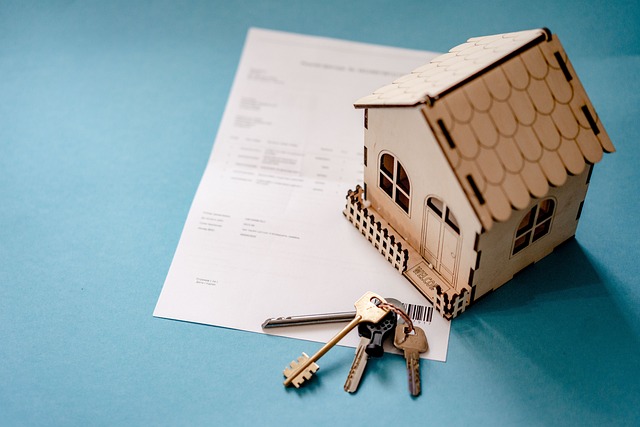Understanding the Impact of Interest Rates on Real Estate Markets
A shift in interest rates can send ripples throughout the real estate market, influencing everything from housing prices to investment strategies. Let's delve into the mechanisms behind these movements and explore how they can shape your real estate decisions.

History of Interest Rates and Real Estate
Interest rates have been a fulcrum point in real estate since the inception of mortgage lending. Historically, periods of low interest rates have been associated with higher property prices, and vice versa. The reason for this is simple: lower interest rates decrease the cost of borrowing, making it more affordable for people to buy homes. This increased demand can push up property prices. Conversely, high interest rates can deter potential buyers, leading to a stagnation or decrease in property prices.
Current Trends in Interest Rates
In recent years, we’ve seen a trend of low interest rates worldwide, primarily due to attempts by central banks to stimulate economic growth. This has led to a boom in the real estate market, with property prices soaring in many regions. However, as economies recover and grow, there’s the potential for interest rates to rise, which could have significant effects on the real estate market.
Impact on Buyers, Sellers, and Investors
Interest rate changes don’t just affect property prices—they also have a direct impact on buyers, sellers, and investors. For buyers, a low-interest-rate environment can open doors to homeownership that may have been previously closed. However, it can also lead to higher property prices, making it crucial to balance the cost of borrowing against the cost of the property.
For sellers, rising property prices in a low-interest-rate environment can mean greater profits. However, if interest rates rise and property prices fall, sellers may find their properties spending more time on the market or selling for less than anticipated.
For investors, interest rate changes can influence the viability of different investment strategies. In a low-interest-rate environment, real estate can be an attractive investment, offering potential capital growth and rental yield. However, if interest rates rise, the cost of servicing a mortgage can increase, potentially eroding rental yield.
Research-Backed Insights
A study by the National Bureau of Economic Research found a strong negative correlation between interest rates and property prices. The study found that a one percentage point increase in real interest rates leads to a 4% drop in property prices. This underscores the significant role interest rates play in the real estate market.
Balancing Depth with Accessibility
Understanding the relationship between interest rates and real estate can be complex, but it’s a crucial piece of the puzzle for anyone involved in the property market. By keeping an eye on interest rate trends and understanding their potential impact, you can make more informed decisions—whether you’re buying, selling, or investing.
In conclusion, interest rates are a key driver of the real estate market, influencing property prices, buyer behavior, selling strategies, and investment viability. By understanding these dynamics, you can navigate the real estate market with greater confidence and insight.





